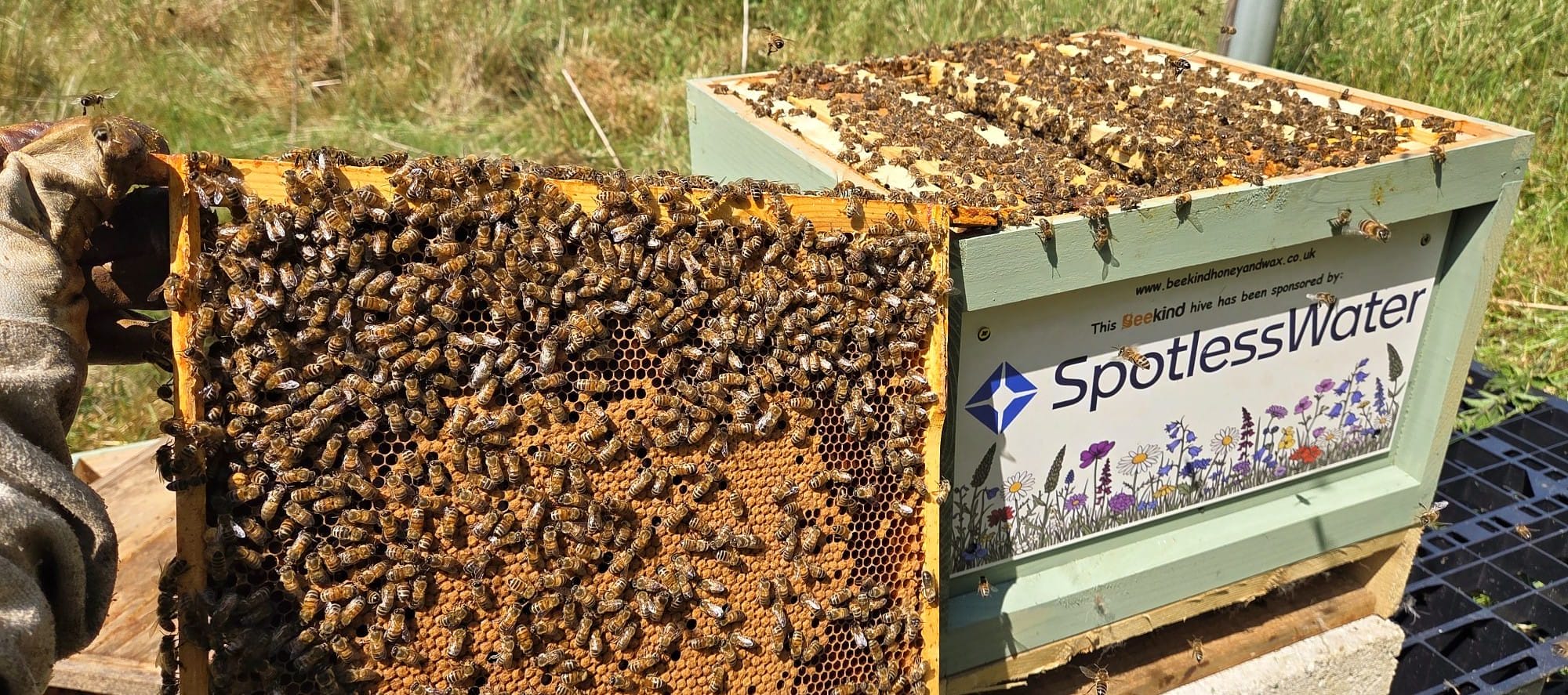








Water marks, the main complaint that any pure water cleaner doesn’t want to hear from a customer after completing a job. What can the cause be, especially when you made absolute sure your water was pure and measuring 0 TDS? The good news is this is easily rectified with very little effort.
0 TDS means that there are no solids dissolved in the water, so if your water is measuring 0 TDS before dispensing, then the impurities causing water marks are being introduced at any point after the water has been dispensed.
For window cleaners, the most likely problem is that the water is picking up the impurities in the window frames, fascia’s, and soffits when they’re being hit by the water. The window frames may even be contaminated with soap residue, especially if they have been cleaned by traditional methods in the past. Being filtered to such a high level, the water is far more susceptible to picking up these impurities. Aluminium frames are particularly prone to this, as these can oxidise over time, the residue of which will be picked up by the pure water. Obviously, these are all difficult issues to avoid, but the best way to avoid this is to thoroughly rinse the window at the end of the clean.
Another thing to be aware of is any air vents above the windows, as these could have accumulated a significant amount of dust and dirt over the years, and so any water that gets into these will run back out with the dirt mixed into it, leaving filthy streaks on the glass. If the customer allows you to temporarily cover them while you clean, this is ideal, but if not, be sure to take extra caution when washing around them.
It is also possible that impurities are being picked up by your own equipment. A dirty brush head is the easiest way to undo your hard work without realising it. Leave these to soak in pure water overnight, or, even better, between each job. Impurities can also be picked up in your own water tank, especially if it has not been washed out recently. To clean your tank, let out all the water that’s already in there, and then scrub the inside with hot water mixed with laundry detergent. If there are any clumps of material inside the tank, these should also be extracted. When you have completed this, thoroughly rinse out your tank to remove any lingering impurities and detergent residue. Ideally, you should do this with pure water to prevent the tank being contaminated with the impurities found in ground and tap water.
Overall, you can prevent streaks by keeping your equipment clean, and avoid washing anything that may introduce impurities to your pure water.
 November 11th 2025
November 11th 2025
Partnership with Morrisons announcement
 October 20th 2025
October 20th 2025
Discover how SpotlessWater effectively addresses challenges posed by windy conditions during window cleaning processes
 October 8th 2025
October 8th 2025
Discover how SpotlessWater effectively addresses challenges posed by windy conditions during detailing processes
 September 15th 2025
September 15th 2025
A new feature on the Portal to improve your pure water filling experience
 July 8th 2025
July 8th 2025
Auto Top Up Bonus has launched! Turn on your Auto Top Up for FREE credit!
 June 24th 2025
June 24th 2025
How SpotlessWater contribute to beekeeping and sustainability
 June 5th 2025
June 5th 2025
How SpotlessWater Is Helping to #BeatPlasticPollution
 May 29th 2025
May 29th 2025
Cleaning Services Awards Winner 2025
 May 22nd 2025
May 22nd 2025
Facilities Management Awards 2025 by BUILD
 April 30th 2025
April 30th 2025
SpotlessWater Price Update